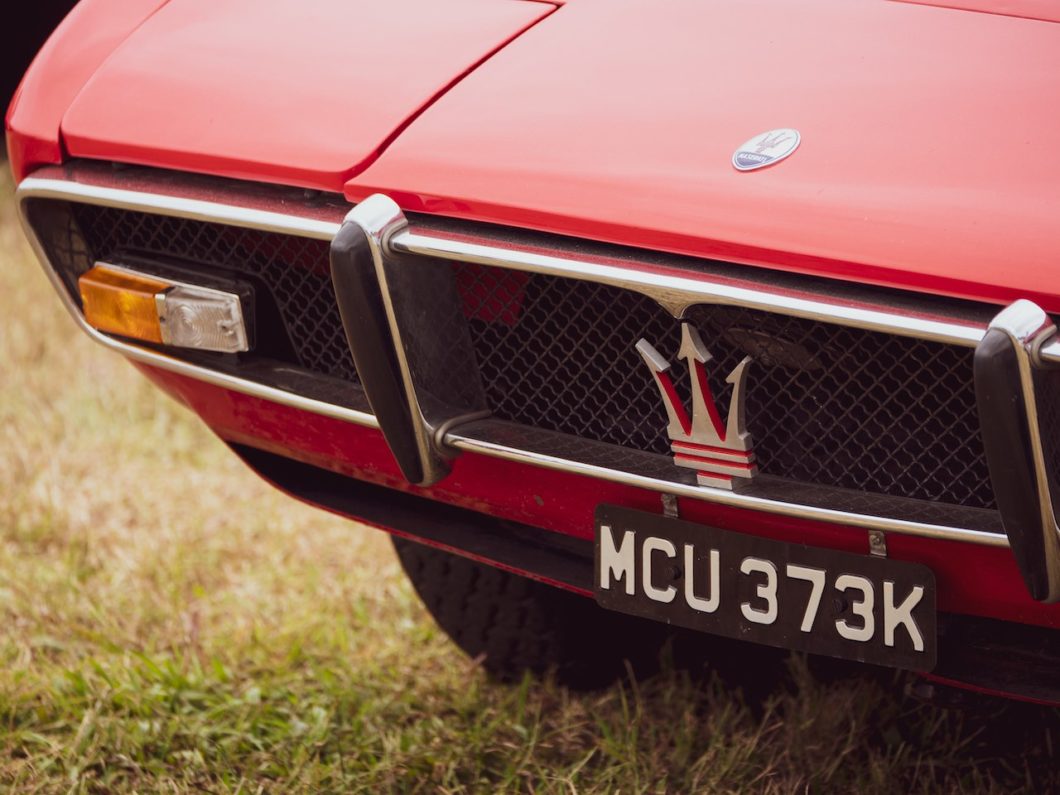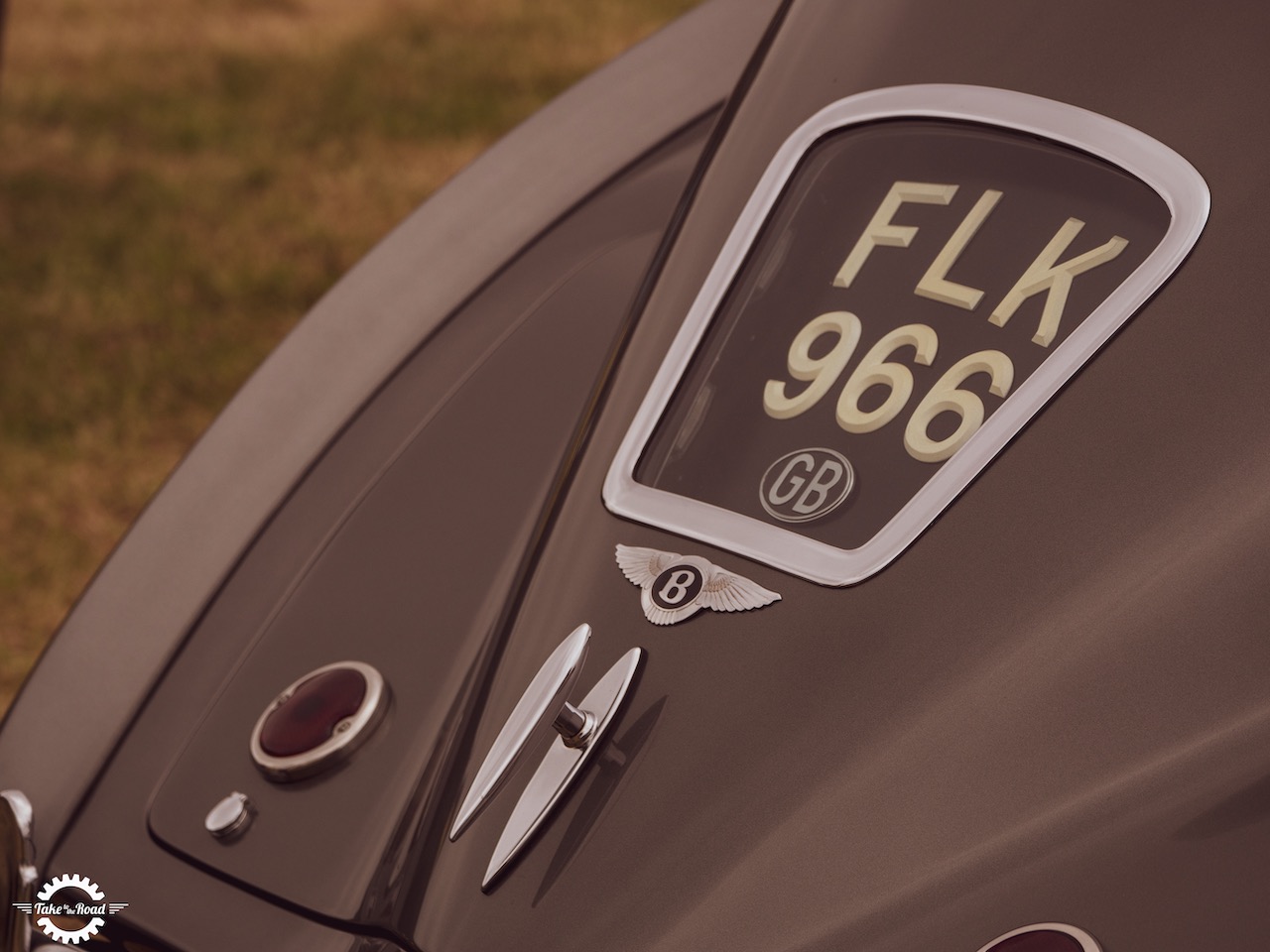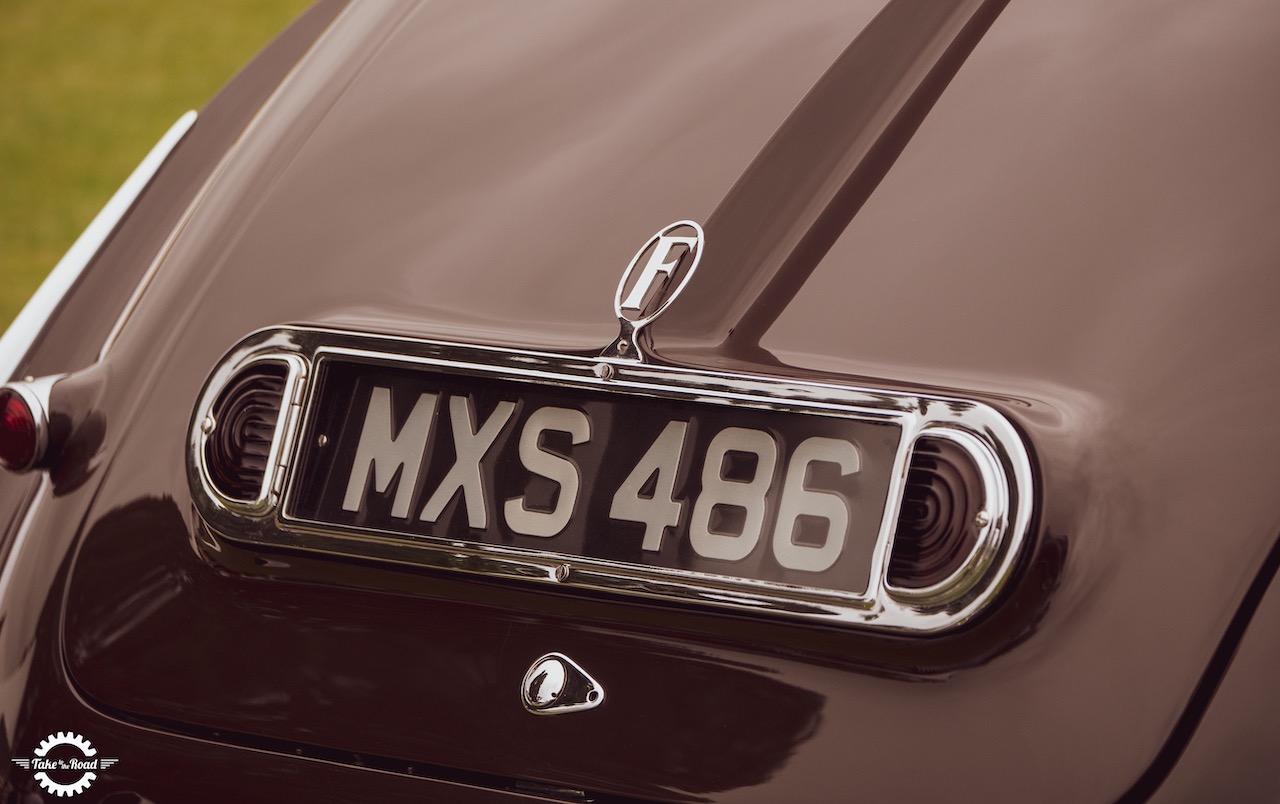In the UK, there are various rules regarding number plates, including size, spacing, colour and material. If your registration plate does not meet the regulations, drivers of vehicles could face a £100 fixed penalty notice that could be increased up to £1,000 in court. However, a new law expected to be introduced alongside the existing fine is for drivers to be penalised with three penalty points on their licence. This is known as the Vehicle Registration Offences (Penalty Points) Bill.
What Are The Legal Requirements of Number Plates?
Undoubtedly, drivers across the UK will want to avoid having illegal number plates. This guide informs you of the legal requirements, outlining what you can and can’t do.
Letter Spacing, Size & Style
Font Style:
Characters on number plates must be a certain height and size; otherwise, you could face paying a fine.
When the current registration was first introduced in 2001, regulations were also revised around the display of licence plates. These regulations now apply to all vehicles registered on or after September 1st 2001, including replacement plates.
The regulations introduced using a standard font to make them easier to read on the road. This typeface is ‘Charles Wright 2001’, and plates can no longer use italics or other font styles.
Letter Spacing:
There are strict rules regarding letter spacing and the characters on a number plate. As stated in INF104, the rules are:
• Characters must be 79mm tall
• Characters (except the number 1 or letter I) must be 50mm wide
• The character stroke (the thickness of the black print) must be 14mm
• The space between characters must be 11mm
• The space between the age identifier and the random letters must be 33mm
• The margins at the plate’s top, bottom and side must be 11mm
• Vertical space between the age ident
Size:
The standard size of a UK number plate is 520mm x 111mm. Rear plates are usually the same size; however, on some models, they can be 285mm x 203mm or 533mm x 152mm.
Identifiers & Flags
As an option for you to customise your number plate, there are optional features such as identifiers, flags and borders.
National Flags:
When it comes to national flags, they have to be displayed on the left-hand side of the number plate, and you can only choose one!
- Union jack flag
- Cross of St George
- Cross of St Andrew
- Welsh flag (Red dragon of Wales)
Identifiers:
The national identifiers you can have displayed on a plate are:
- GB, Great Britain or GREAT BRITAIN
- UK, United Kingdom or UNITED KINGDOM
- Eng, England or ENGLAND
- Sco, Scotland, SCO or SCOTLAND
- Cym, Cymru, CYM or CYMRU
- Wales or WALES
With national flags and identifiers, they cannot be more than 50mm wide.
Green Number Plates:
Only recently introduced, from 8th December 2020, zero-emission vehicles can display a green flash on the left-hand side of the number plate.
What Is Required on UK Number Plates?
- The plate must be made from a reflective material
- The front plate must display black characters on a white background
- The rear plate must display black characters on a yellow background
- The background must not have a pattern
- Must be marked to show who supplied the number plate
- Must be marked with a British Standard number – this is ‘BS AU 145e’ for plates fitted after 1 September 2021
What Is Optional on UK Number Plates?
- Your plate can have 3D characters if they adhere to the spacing regulations
- You can display a chosen flag or identifier listed earlier in this article
- You can display a green flash if you have a zero-emission vehicle
What About Custom Number Plates?
Custom number plates are legal, as long as they follow the guidelines above. If you intend to get custom plates, then ensure that you use a reputable service that won’t make any modifications that would break the law. This will prevent you from making any mistakes when designing the number plate that could get you stopped by the police and fined.
However, custom plates are a great idea to make your car stand out from the rest, especially if you have a classic or unique car that you’re proud of. Again, make sure that you use a company that can design a number plate that fits your vehicle, while keeping within legal requirements.
What Is Not Permitted on UK Number Plates?
- Different fonts or italics
- Additional logos or customisation symbols
- Altered characters or spacing
Be sure to comply with current requirements to avoid fines and penalty charges. Even the slightest change to the characters’ size or appearance means you are still breaking the law.
Recent research has also revealed how drivers have obtained wrongly spaced number plates from online sellers. To ensure that you’re purchasing plates from a trusted seller, check that they are registered with the DVLA. All UK number plate sellers will be registered with the DVLA to obtain the necessary documentation from the vehicle owners.
This is a Take to the Road Collaborated Post









